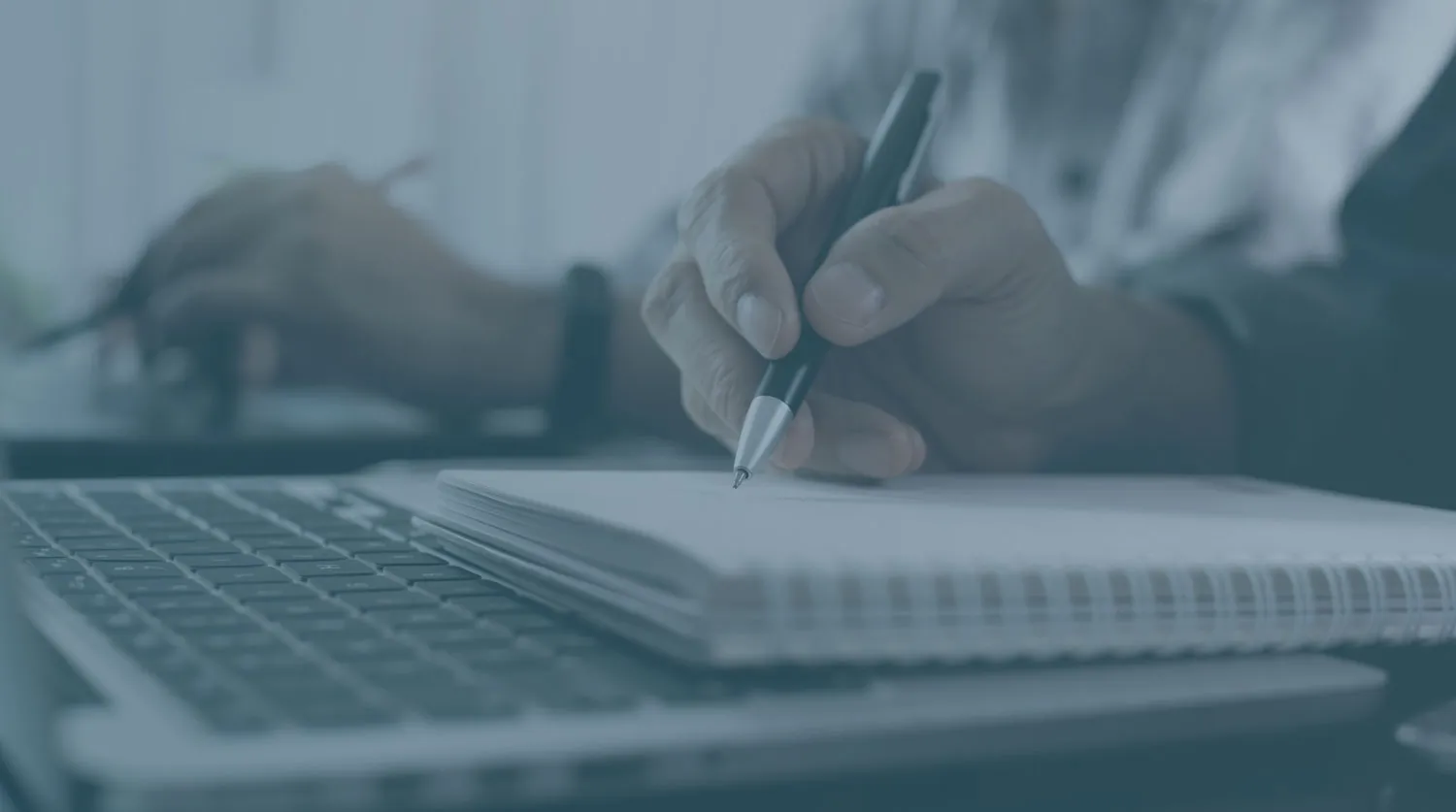The 6 Key Parts of a Cover Letter
Creating a persuasive cover letter is an important way to ensure you get invited to job interviews. Here’s our breakdown of the 6 parts of a cover letter.
Our customers have been hired by*:*Foot Note

Parts of a Cover Letter
Though it may be a single page long at most, your cover letter may be one of the most influential parts of your job search. According to Forbes, 83% of HR professionals and hiring managers think that a cover letter is an essential part of any job application that they receive, even if the job posting lists it as optional. So, with that in mind, what are the main features of a cover letter, and how can you make yours stand out?
Build my cover letterThe Purpose of a Cover Letter
A cover letter acts as a supplementary document in a job application, providing direct contact with the hiring managers in charge of filling a role. Generally attached to a job seeker’s resume in some way, a cover letter serves three main purposes:
- To address recruiters directly
- To provide details that build on a job seekers’ resume
- To further personalize the job application
In that vein, it’s important to write a tailored cover letter for each application that you make during a job search. By tailoring your cover letter and resume to each job description you can maximize the three benefits listed above.
The Six Main Features of a Cover Letter
You should write your resume first when undertaking a new job application, so you’ll know specific points to highlight in your cover letter. The average cover letter will include these six features:
Salutation
The salutation should be at the very top of the page, under the header containing the job seeker’s name, email, phone number and professional portfolio links such as LinkedIn. the salutation is essentially a direct address of the recruiter. As such, you should try to use the hiring manager’s name rather than a generic salutation like “Dear Hiring Manager” or “To Whom It May Concern”. A more personal salutation shows you have done your research.
Opening paragraph
The first paragraph of a cover letter’s main body should hook the recruiter and encourage them to read further. The most common ways in which to do this are to lead off with a notable achievement or focus on your passion for the role that you are applying for. You could even do both and discuss why the company culture appeals to you. For example, you could write: “A dedicated and driven sales associate with a track record of exceeding targets by 10% or more, I have long admired [company name] for the way they reward hard working employees.”
Second paragraph
The second paragraph should go into detail about what you have to offer to a potential employer. Think about your unique achievements and highlight the key competencies from your resume, but don’t copy and paste any sections. This is your chance to expand on the most important parts of your work experience and skills sections.
Middle paragraphs
Some cover letters will have more paragraphs if the job seeker has a lot of professional experience. It’s also perfectly acceptable for the third paragraph to be the closing paragraph (see below). This paragraph should showcase what you know about the company and discuss the ways in which you can help further their goals. For example: As [company name] has declared its intent to expand into international markets, as a bilingual marketing specialist, I could play a key part in this process.
Closing
Your closing paragraph should be short and clear, including a call to action which prompts a hiring manager to reach out to you for an interview or further discussion. You can do this with a forthright statement like “I look forward to speaking with you” or a more gentle statement like “I hope to hear from you soon.
Sign-off
Every cover letter should have a professional sign-off such as “Yours Sincerely” or “Warm Regards” will be preferable. End your cover letter by signing your full name. In an electronic cover letter you can simply type it, but if you are ever required to provide a hard copy of a cover letter you should sign it by hand.
If you follow this simple cover letter format you will create a functional cover letter for any job description. If you want to improve your cover letter, you could consider some of the eye-catching cover letter templates available via the ResumeHelp cover letter builder. How persuasive your cover letter is will depend on your writing skills and the amount of time you spend tailoring it. It can be very helpful to consider cover letter samples and cover letter writing tips before you start.
Build my cover letterChoosing a Salutation and Closing Statement
While every part of your cover letter will be important, the salutation and closing statements that you choose are key. The right salutation will grab the hiring manager’s attention and convince them to keep reading while a professional sign off will show them that you are adept at writing business letters.
As previously stated, you should personalize your salutation and sign off, but you should also think about how formal you want to be. It is important to maintain professionalism, but some industries require strict formality while others might prefer a slightly more casual touch. If you work in law, for example, you should adhere to formality at all times, while those in creative industries can be a little less strict. If in doubt, opt for formality, as it will never go wrong.
FAQ: Parts of a Cover Letter
Have questions? We’re here to help.
Can I just send a generic cover letter to a hiring manager?
No. Sending a generic cover letter to a hiring manager could actually damage the prospects of your job application. Take the time to personalize your cover letter each time you apply to a job posting to show that you are enthusiastic.
Should I talk about my personal life in a cover letter?
You can mention your personal life as long as it is relevant to the job description that you are applying for. You should not simply tell a personal story. A cover letter cannot be written in the same way as a college personal statement.
Are cover letter templates useful?
Cover letter templates can be incredibly useful for people who:
- Have never written a cover letter before
- Want to create a solid baseline cover letter for later personalization
- Want to ensure a professional appearance
ResumeHelp has a range of free cover letter templates that you can browse.
Couldn't find the answer you're looking for?





